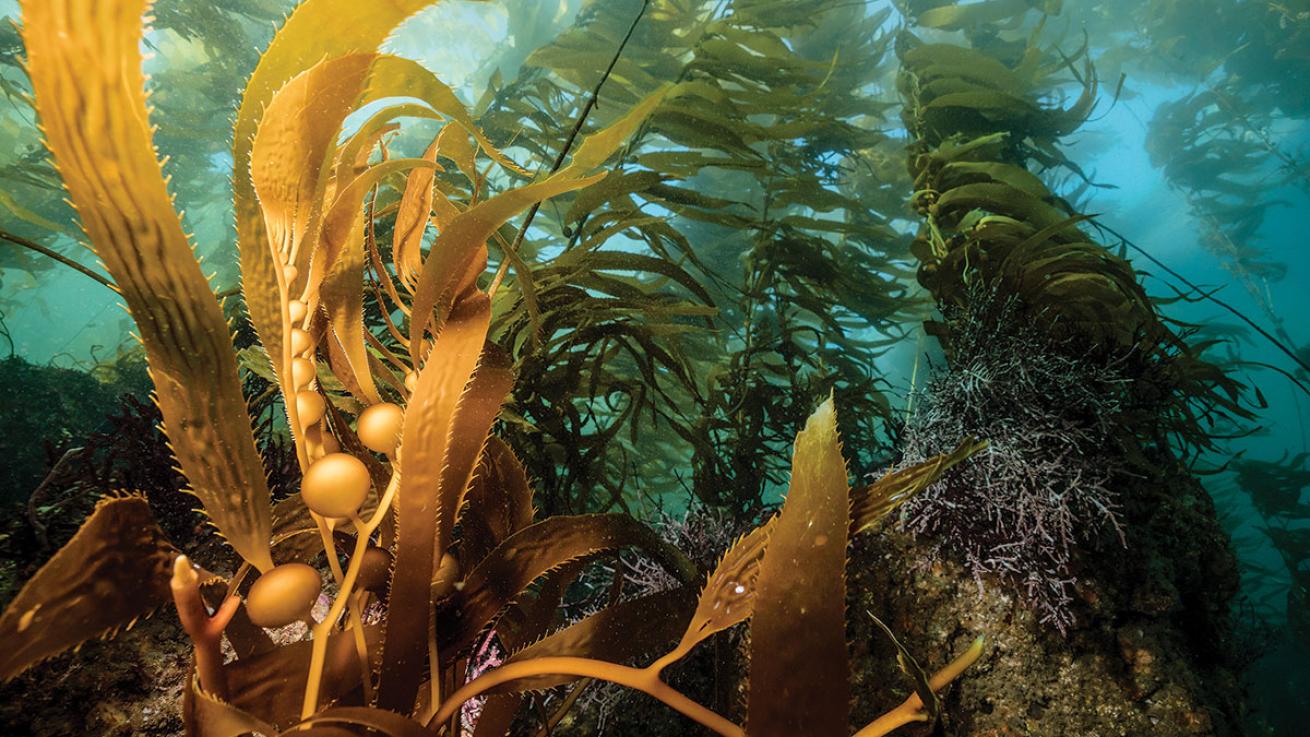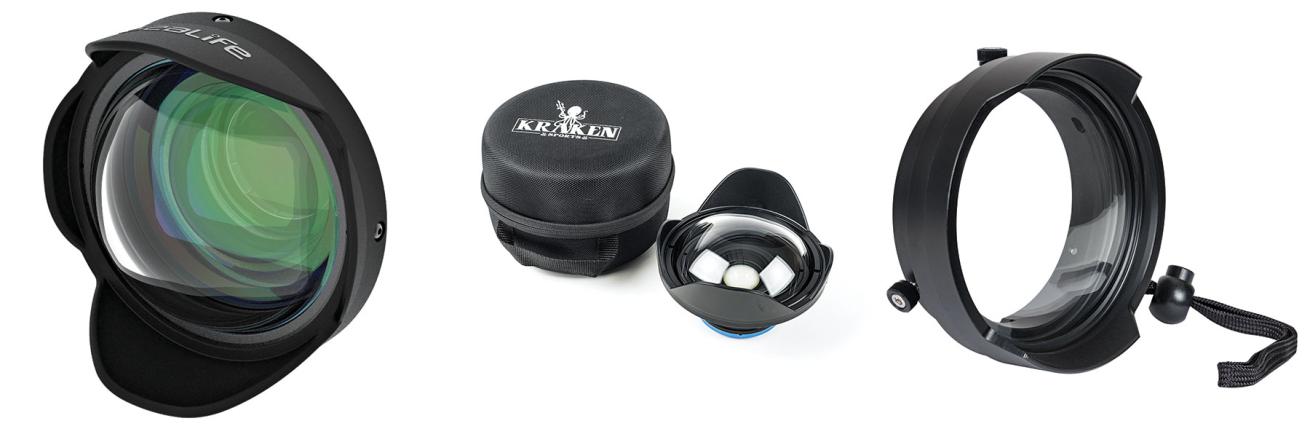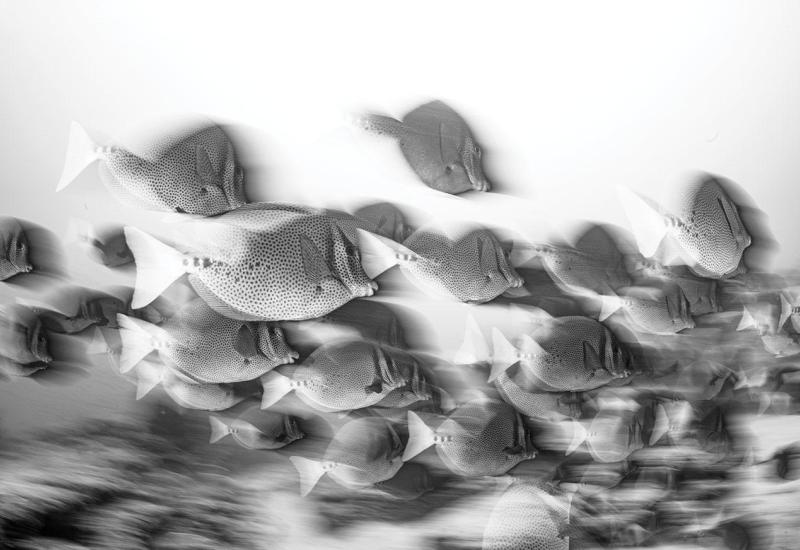How to Photograph Immersive Reef Scenes

Brent DurandHow to improve your underwater photography with these tips for capturing immersive wide-angle reef scenes.
Great reefscapes make viewers pause and absorb the image. They combine the initial impact necessary to attract attention with elements that lead our eyes through the scene, making us feel that we are underwater with the photographer. Ask an experienced shooter how he or she created such a captivating image, and the response will often be that it “felt right.” But what makes a photo feel right?
Strong Anchor The anchor creates a point of interest and attracts the attention of the viewer. A great anchor will have nice lighting, color, and is clearly separated from the background, differentiating the artistic image from a quick snapshot. You can anchor the scene with a piece of a shipwreck, sea fan, fish, soft coral or any number of other visually engaging subjects.
Leading Lines These lines guide the viewer’s eye into the frame. They help direct a viewer to and beyond the anchor, and might even serve as the anchor itself. Leading lines also don’t need to be straight — many great images use spirals and arabesque shapes to draw in the viewer.
Layers A great reefscape will contain a foreground, midground and background. These layers help add a sense of depth to the image, which is key to a truly immersive viewing experience. Keep an eye out for layers when looking for your next shot — you might use the sun as a sun-ball background, or you might position it at your back in order to help light midground reef.

Sealife; Kraken; Ikelite
SeaLife 0.5x Wide-Angle Dome Lens Kraken KRL-01 Wide Wet Lens Ikelite WD-3 Wide Angle Dome $499.95; sealife-cameras.com $765; krakensports.ca $300; ikelite.com Expand your field on the SeaLife DC2000 by 100 percent with this wet lens — its 52mm threads ensure compatibility with all SeaLife DC cameras. Also check out the 0.75x wide-angle conversion lens, which increases field of view by 33 percent. This zoom-through wet lens delivers a 145-degree field of view. Designed for use at 24mm focal length and sporting 67mm threads, the KRL-01 can be used on Micro 4/3 and compact camera housings. Six elements in five groups deliver great image quality. This wet dome fits on top of Ikelite housing ports for many popular compact cameras, providing wide-angle field of view with 0.75x conversion factor. It’s extremely light, making it a great lens for dive travel.
Balance Photographers often compose with the rule of thirds, putting most reefscape subjects into a lower-third corner. Try to add a secondary element on the opposite side of the frame; otherwise your composition might feel heavy on one side. You can use a sunburst, diver or even a similar color to help create balance across the frame. One exception is when the subject needs significant swim space (e.g., open space in front of a swimming shark).
Lighting and Focus Composition is essential, but let’s not forget about accurate exposure, dynamic lighting and crisp focus. These techniques are the cornerstone in creating great images.
Think about these tips while shooting and reviewing your underwater photos, and before long, composition will become a matter of what “feels right.”










